We cruise to Cannekale and then have an early start for a tour to Gallipoli. A place entrenched in our history and part of our country’s back story. The winds delay the berthing of our vessel so our tour starts a bit later. To make up time we board the bus and instead of catching the local ferry we take the highway and cross the longest mid span bridge in the world.
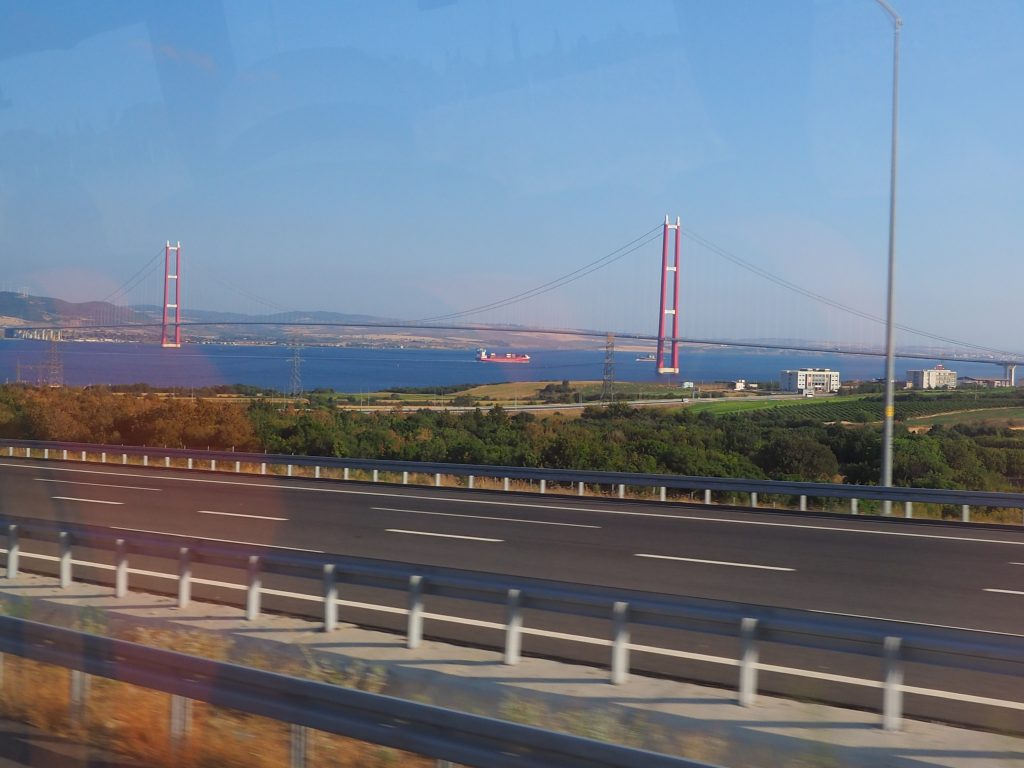
The whole area is very patriotic with the new university named after a date in the war, the bridge is named after another date in the war. The celebration of victory seems newer. As the university is new and the bridge are new. Turkish flags dominate the skyline.
We drive around the peninsula and it’s beautiful. The sea is very blue, the water calm, the sky cloudless. We drive past where the New Zealand troops landed and then stop at Anzac cove. It’s just so hard to imagine those young men stepping onto this shore walking into this space. It is such a different time in the here and now, but a connection of patriotic grief and gratitude is felt.
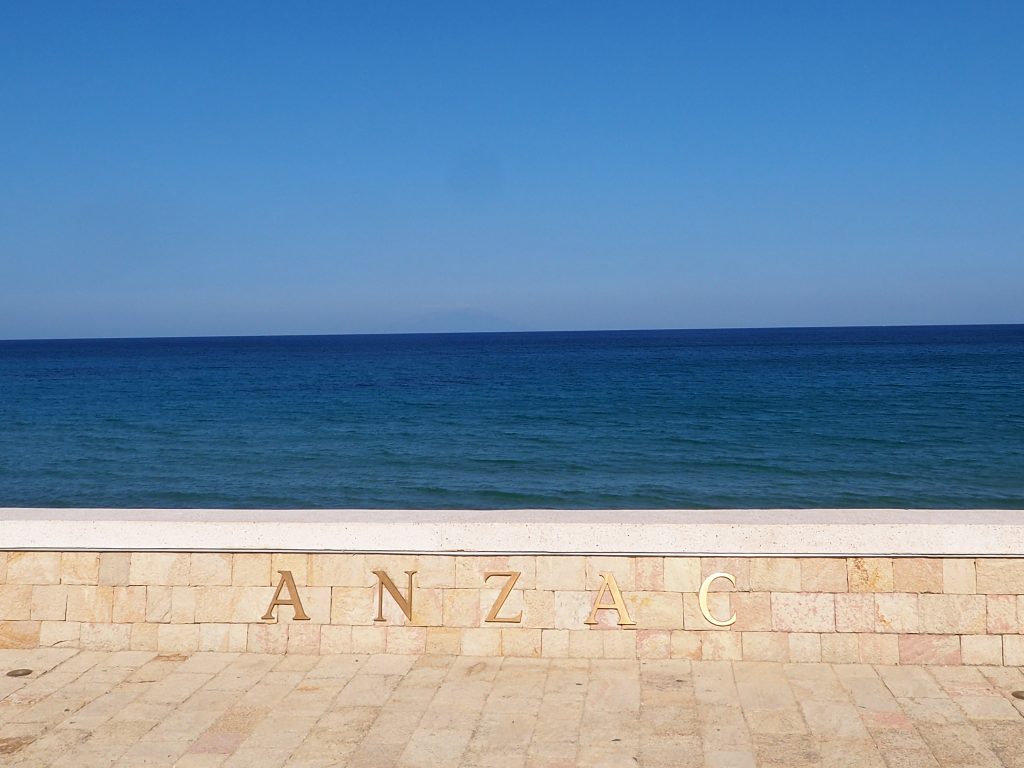
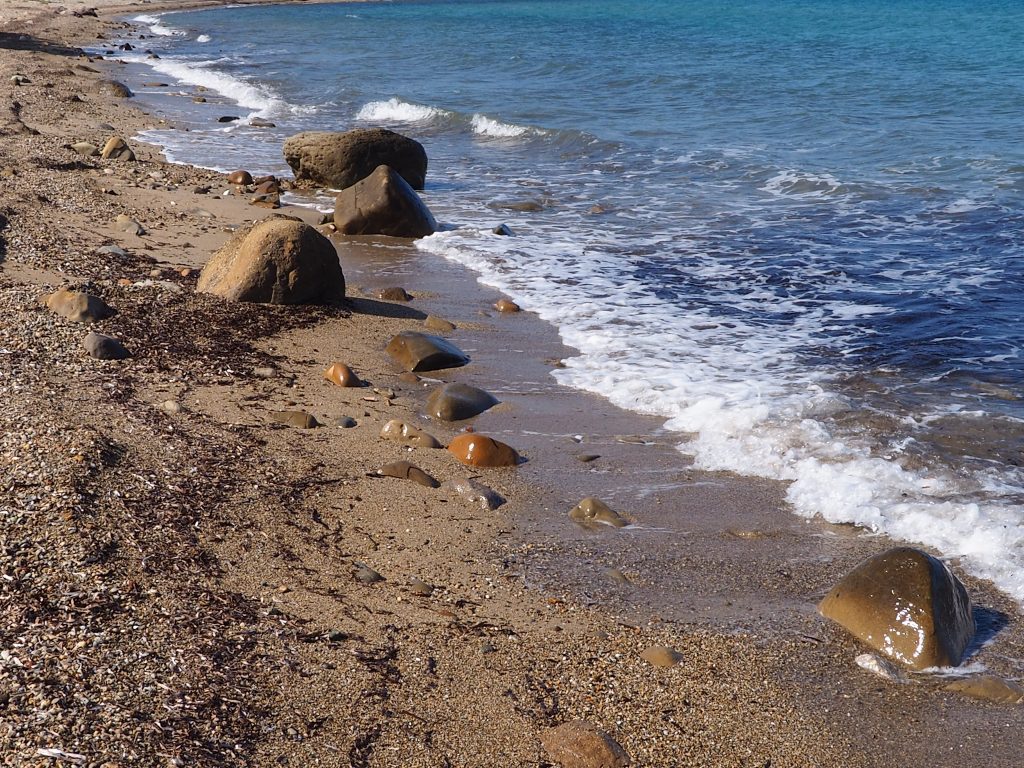
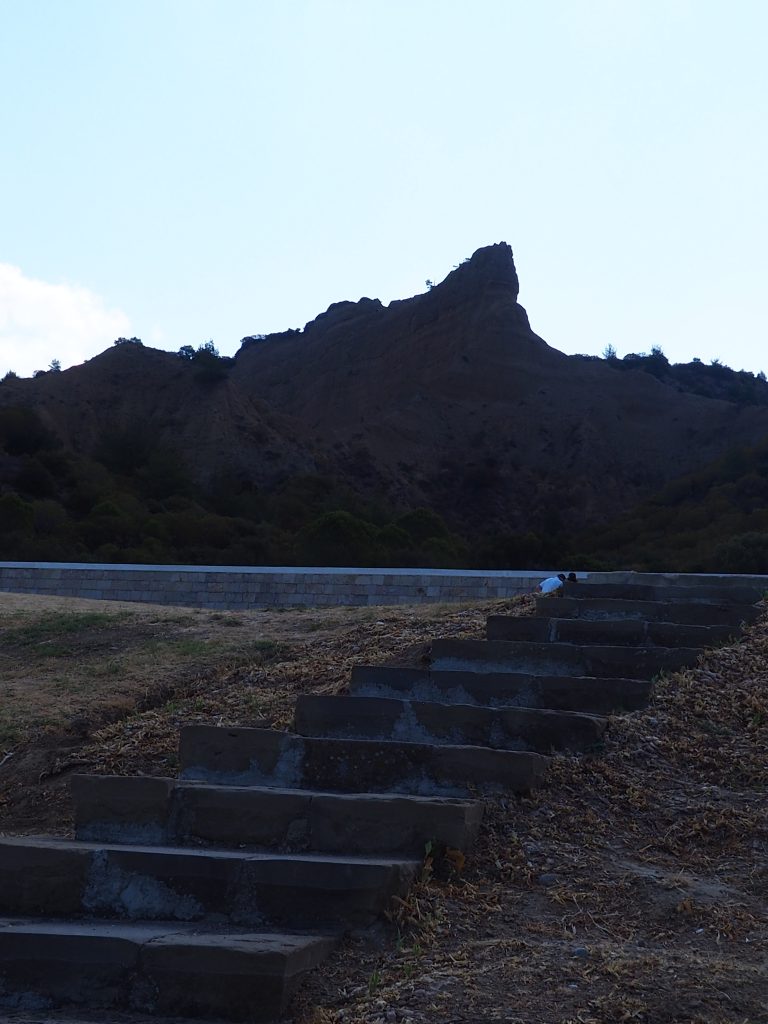
We travel up to the Lone pine cemetery where we pay our respects to more kiwi soldiers, many who were never identified but their names are etched on the cenotaph. You can only hope when you read the names that where there are two or sometimes three of the same surname they are not from the same family.
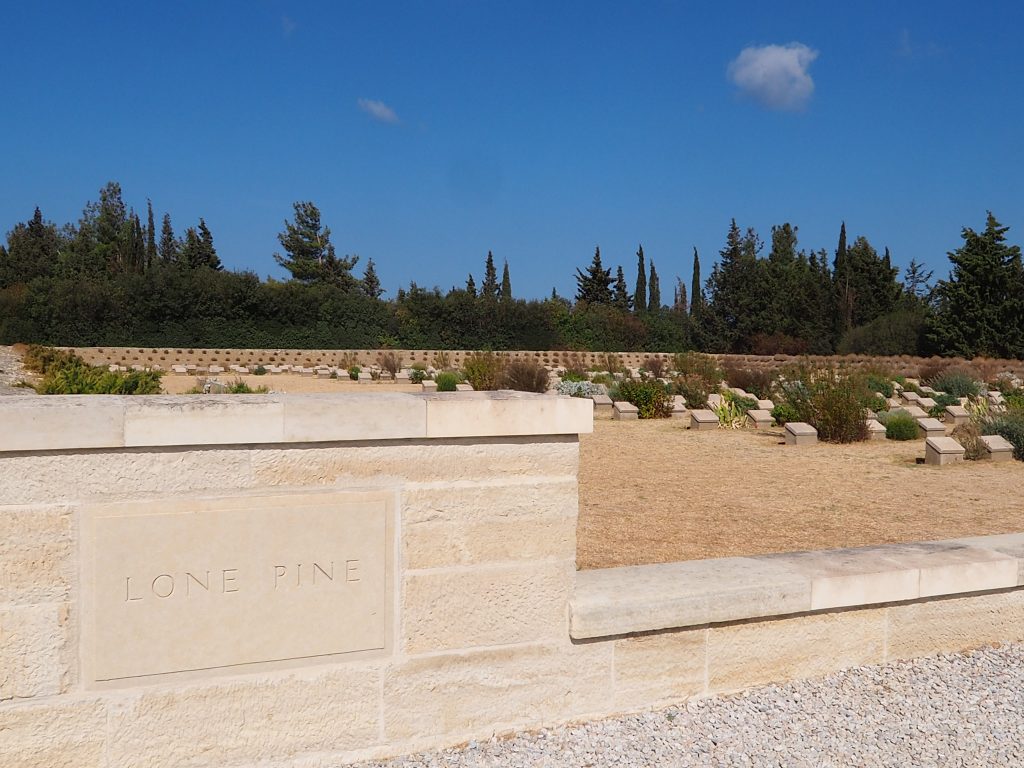
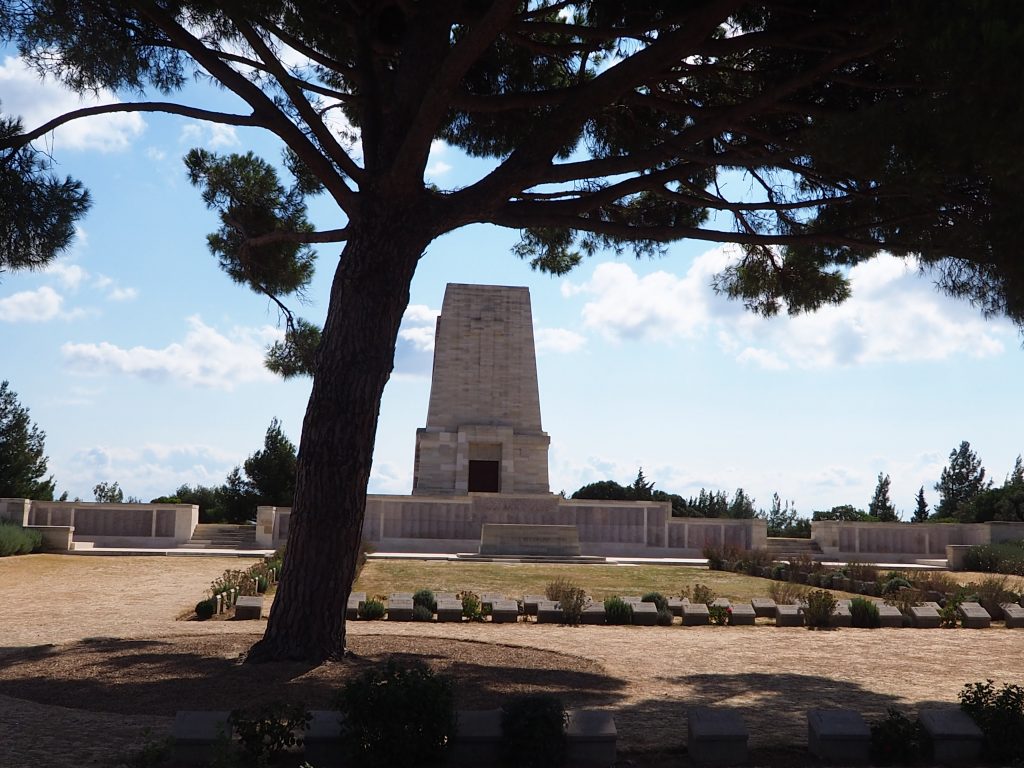
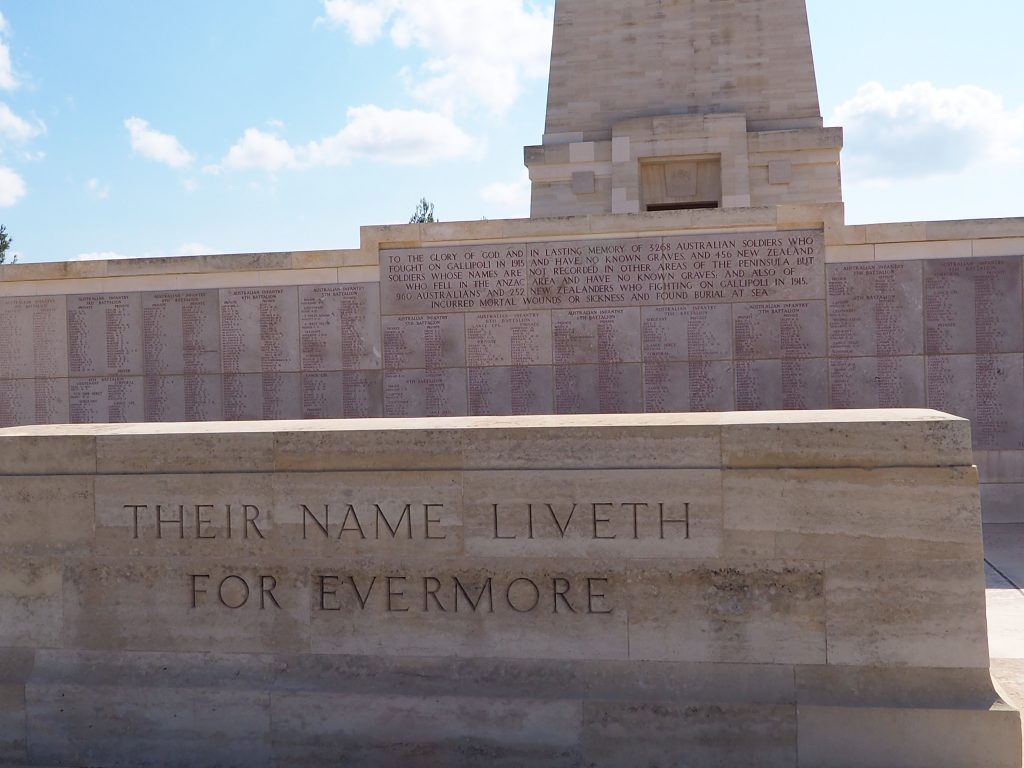
We move further up the hill and once there our guide points to a big sculptural circle and tells us that it is where they put all the bones they found when they made the road up the hill. I take a big breath. He also points out the remnants of all the trenches that are still very visible today. Some of which have been restored at the Chunuk Bair.
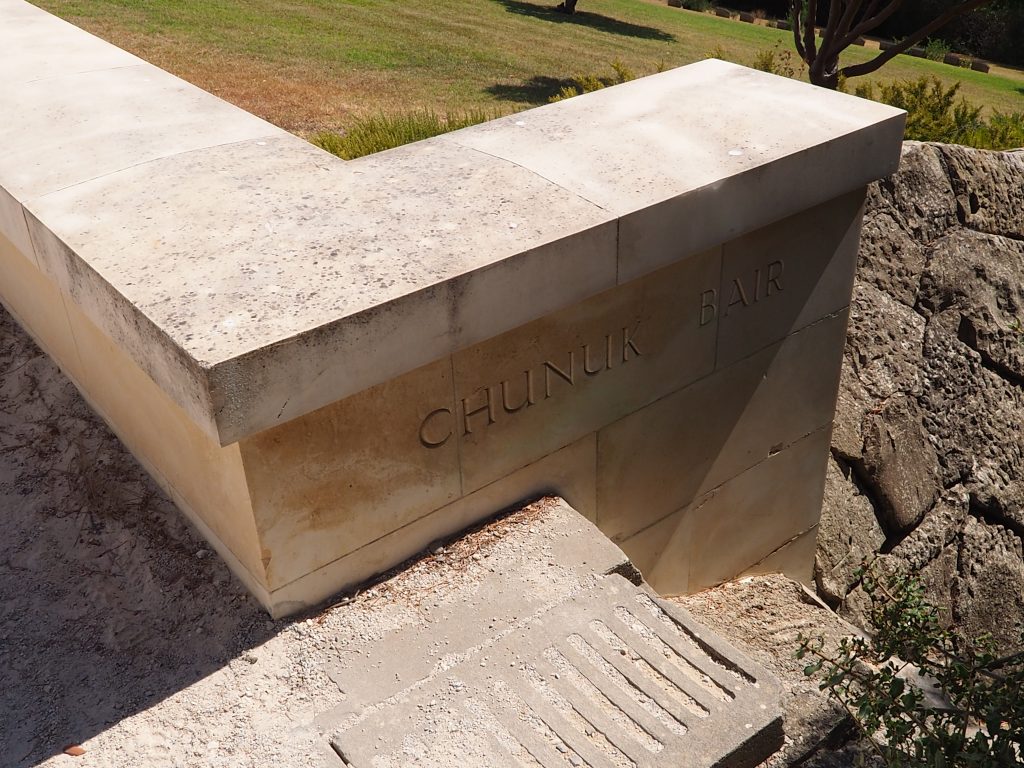
Chunuk Bair. New Zealand conquered it and then when they were relieved of their post it got taken back. The Anzacs and Turks trenches were so close they could hear each other and even made ceasefires where they would trade bully beef for cigarettes. There are a lot of stories. There is a ginormous statue of a Turk carrying an Australian soldier to safety in a ceasefire whereby they were allowed to collect the dead (who evidently went on to be governor general of Australia). There are stories of how the British never expected the Anzacs to reach the top so quickly and many were killed in friendly fire from the British warships. There are stories of a New Zealand radio operator who received a VC. There are stories of heroism on all sides. Whatever the stories the reality is on the wall.
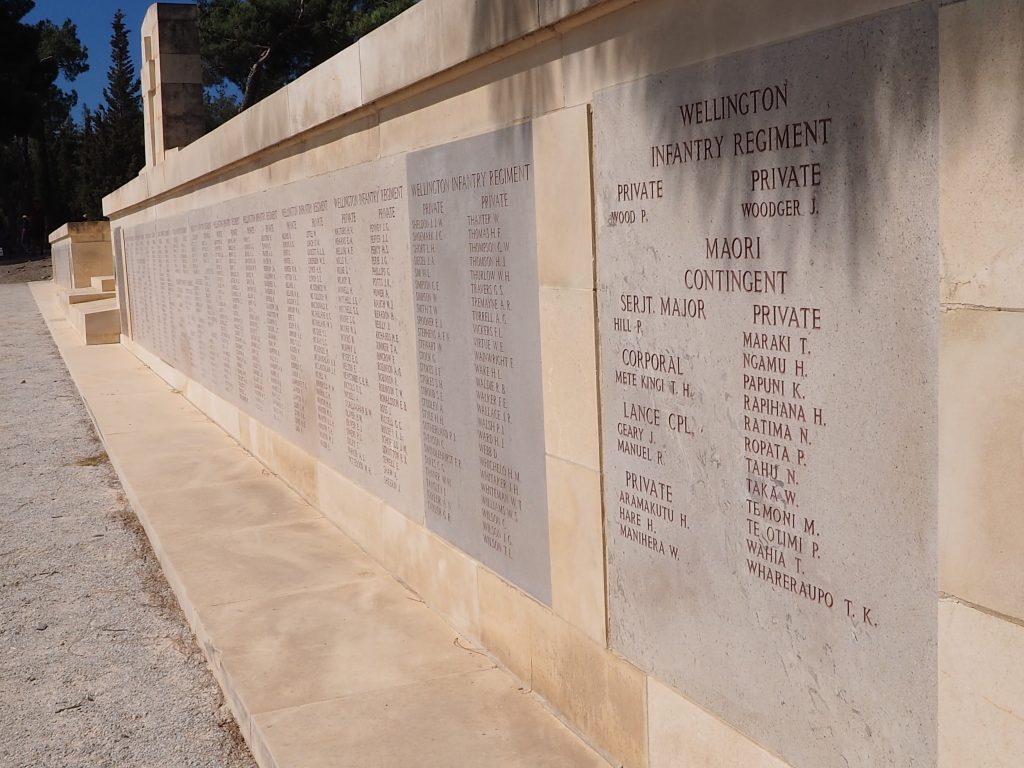
The New Zealand cenotaph at Chunuk Bair
Name after name after name, stretching further than my camera lens allows.
It’s hard to imagine the unimaginable and one must surely wonder how these men felt being on this hill having been dragged into this war like a rolling maul. Fighting then defending this piece of land so far from home.
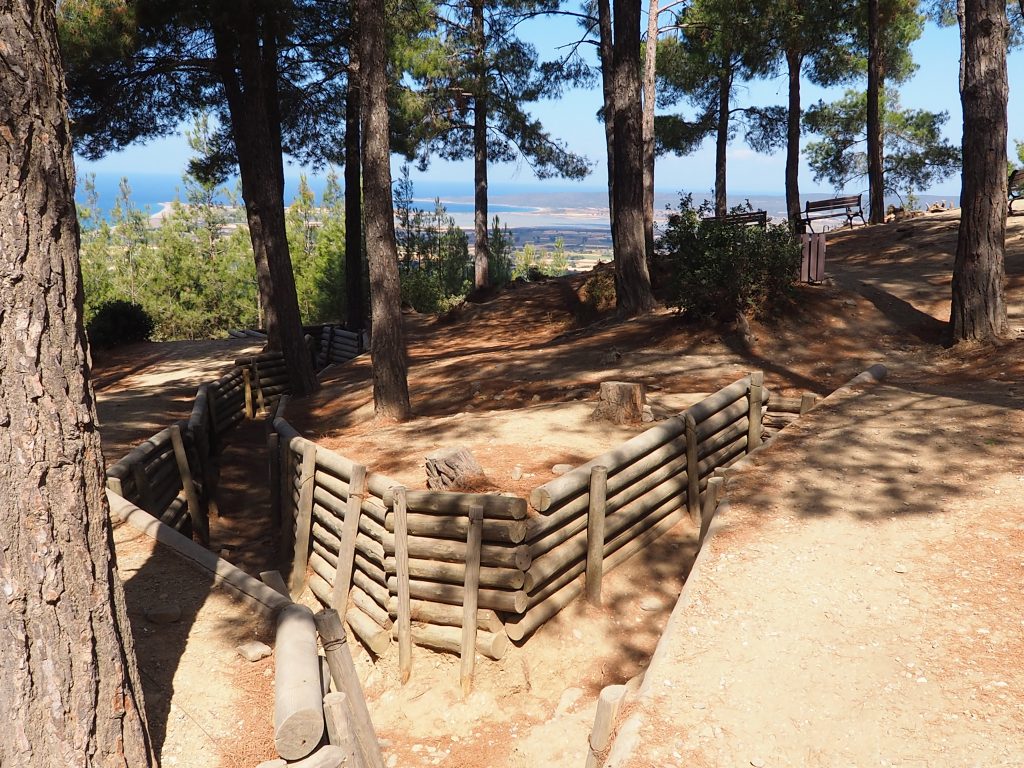
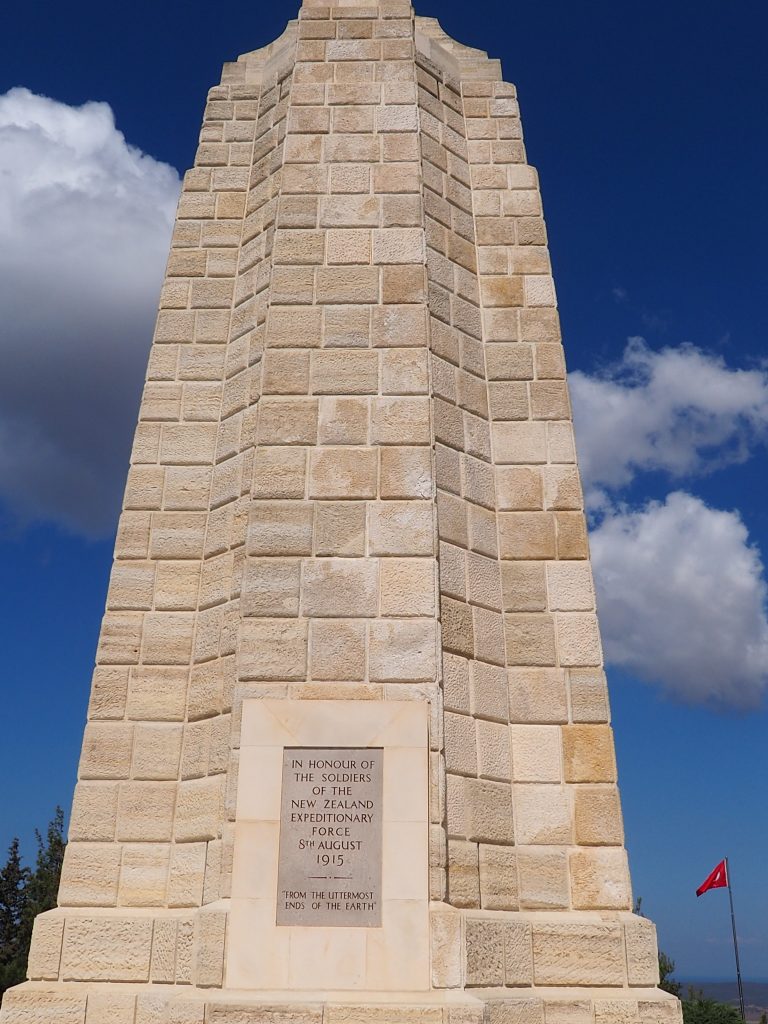
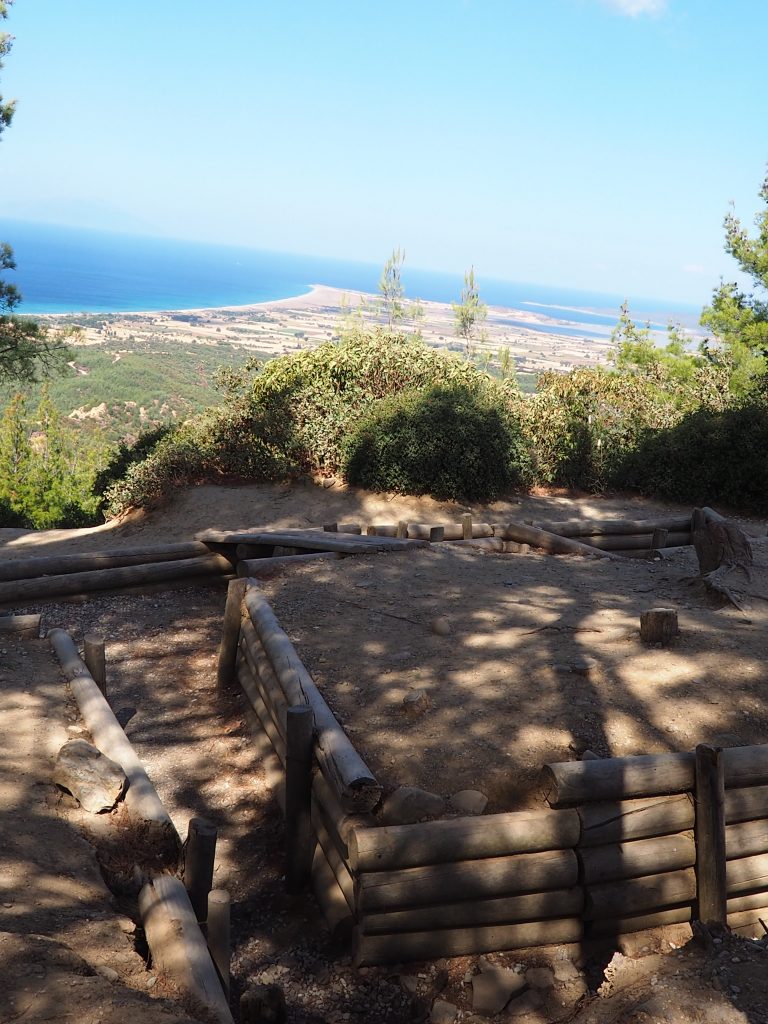
We wind our way down the hill with our guide telling us more stories and this time make our way to the ferry. We are the only kiwis on our bus and as many have said in this part of the world we are told we are well regarded. I guess if you have to fight in a war and its waste then it is nice to know that we did so with such honour. We can only read their names and remember their sacrifice and hope that we never have cause to join the maul again.
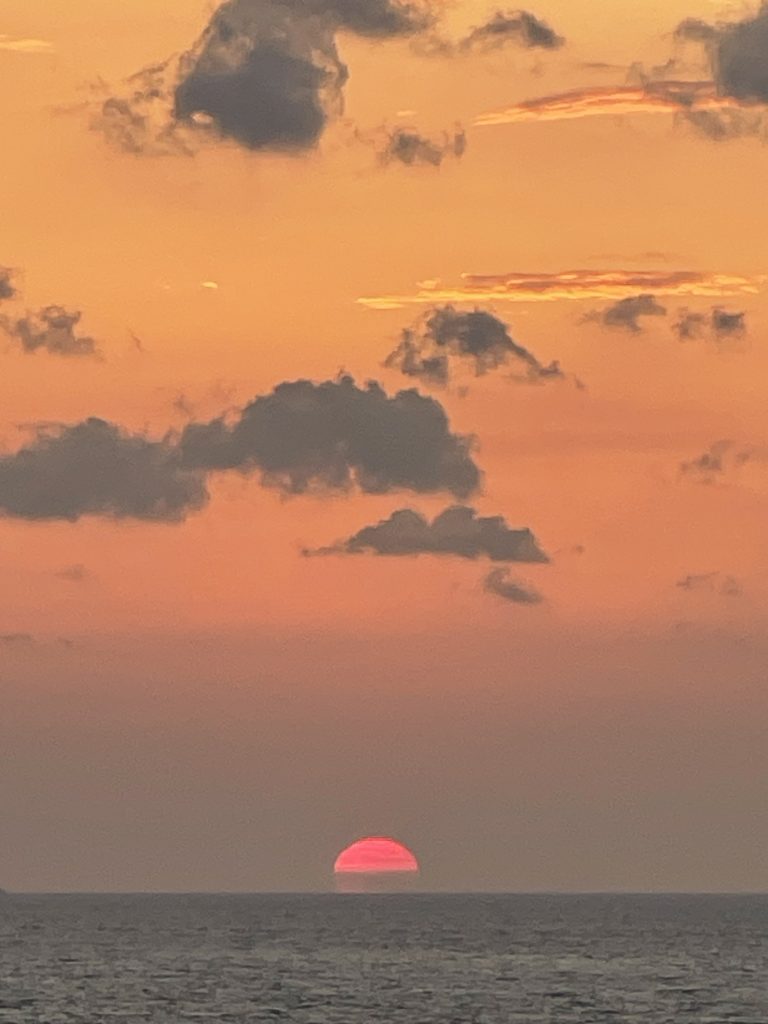
At the going down of the sun, we will remember them.
The evenings sunset as we sail away from this coast is fitting “lest we forget”.